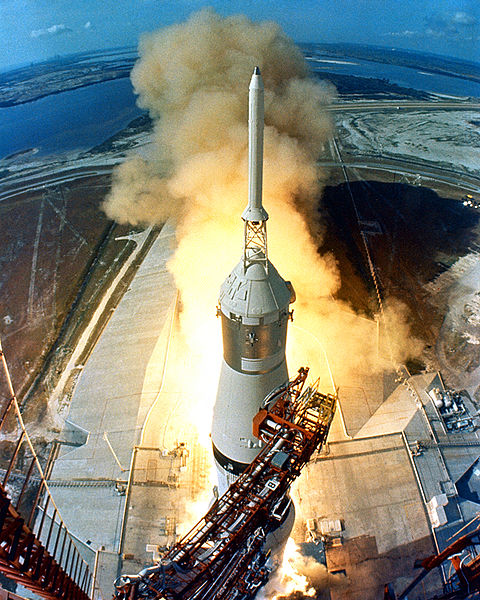Diecast Space Vehicles
Diecast Space Vehicles
Human spaceflight is spaceflight with a human crew and possibly passengers. This makes it unlike robotic space probes or remotely-controlled satellites. Human spaceflight is sometimes called manned spaceflight, a term now deprecated by major space agencies in favor of its gender-neutral alternative.
The Soviet Union/Russia, United States and China are the only three countries to have independent human spaceflight capability. As of 2010, human spaceflights are being actively launched by the Soyuz programme conducted by the Russian Federal Space Agency, the Space Shuttle program conducted by NASA, and the Shenzhou program conducted by the China National Space Administration.
With the retirement of the Space Shuttle the US will lose governmental human spaceflight capability in September 2010. Under the Bush administration the Constellation program included plans for canceling the Shuttle and replacing it with the capability for spaceflight beyond low Earth orbit. In the 2011 United States federal budget, the Obama administration proposed canceling Constellation. Under the new plans NASA would rely on transportation services provided by the private sector, such as Space X's Falcon 9. The period between the retirement of the Shuttle and the initial operational capability of new systems (either Constellation or the new commercial proposals), similar to the gap between the cancelation of Apollo and the first Space Shuttle flight, is often referred to as the human spaceflight gap.
In recent years there has been a gradual movement towards more commercial forms of spaceflight. A number of non-governmental startup companies have sprung up in recent years, hoping to create a space tourism industry. For a list of such companies, and the spacecraft they are currently building, see list of space tourism companies. NASA has also tried to stimulate private spaceflight through programs such as Commercial Crew Development (CCDev) and Commercial Orbital Transportation Services (COTS). With its 2011 budget proposals released in early February 2010, the Obama administration is moving towards a model where commercial companies would supply NASA with transportation services of both crew and cargo to low Earth orbit. The vehicles used for these services would then serve both NASA and potential commercial customers such as Bigelow Aerospace. Similarly, NASA has made inquiries about leasing or buying space station modules from Bigelow Aerospace. NASA intends to spend $6 billion in the coming years to develop commercial crew vehicles, using a model similar to that used under COTS.
|







